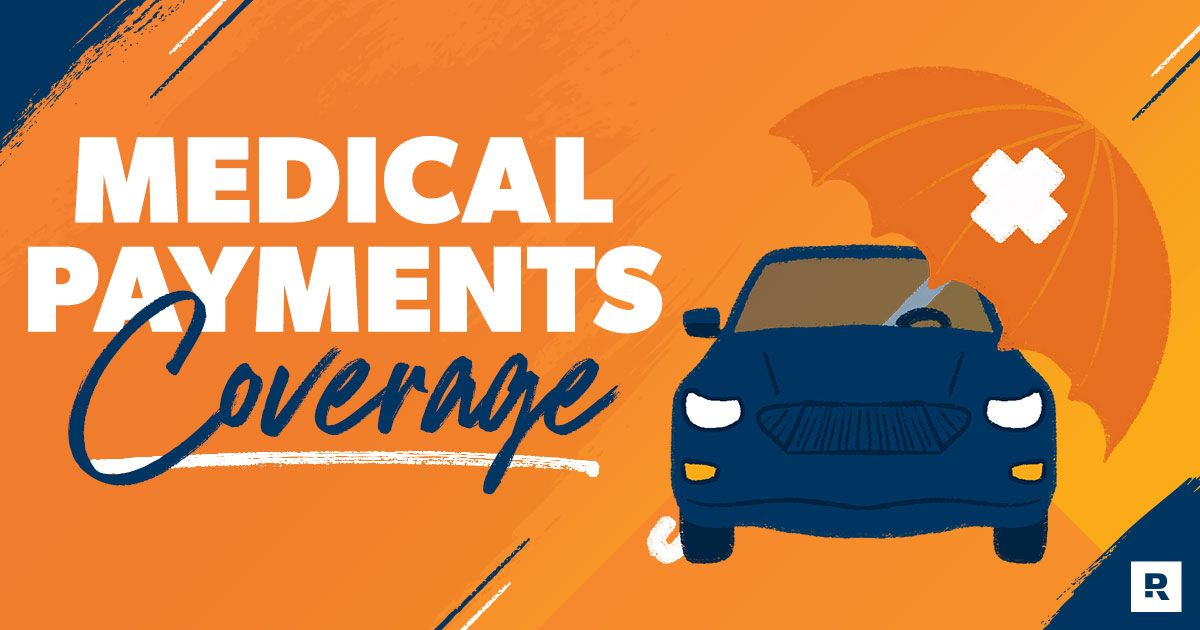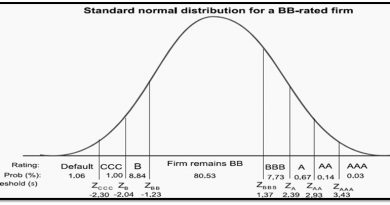Medical Payments Coverage MedPay Overview and Examples

Contents
Medical Payments Coverage (MedPay): Overview and Examples
What Is Medical Payments Coverage (MedPay)?
Medical payments coverage, also known as "MedPay," is an add-on to auto insurance that covers expenses related to vehicular accidents. It provides coverage for you, your passengers, pedestrians you may injure, and yourself if you are injured as a passenger, pedestrian, bike rider, or public transportation rider.
Key Takeaways
- MedPay is an add-on to auto insurance that covers expenses related to vehicular accidents.
- It covers you, your passengers, pedestrians you may injure, and yourself if you are injured in various scenarios.
- MedPay is supplemental to your health insurance, and which coverage is primary depends on your health insurance policy.
Understanding MedPay
MedPay covers a variety of expenses resulting from automobile accidents. It includes medical payments such as deductibles, co-pays, doctor and hospital visits, X-rays, surgery, ambulance and emergency medical technician fees, rehabilitation, nursing care, and some medical equipment like prostheses. This coverage applies regardless of fault for the accident.
MedPay is particularly useful in urban areas where foot traffic is more common and pedestrians are more likely to be injured. It also provides coverage in situations where the policyholder caused an accident due to alcohol or drug use.
While MedPay is supplemental to your regular health insurance, the primary payer for treatments and medical expenses may vary depending on your jurisdiction. Refer to your health insurance policy for more information.
On the other hand, personal injury protection (PIP) is mandatory in no-fault insurance states and generally offers more comprehensive coverage. PIP covers a wider range of issues, including psychiatric care, rehabilitative care, lost wages, and more, whereas MedPay does not.
MedPay vs. Personal Injury Protection (PIP) vs. Bodily Injury Liability Insurance
PIP coverage is mandatory in no-fault insurance states and optional in others, while MedPay is optional in most states. PIP covers many similar injuries and medical treatments as MedPay, but with higher limits and a broader range of coverage. It even includes provisions for psychiatric and rehabilitative care, as well as lost wages.
Individuals purchasing auto insurance should consider if they need MedPay and if PIP coverage is required. In some cases, having both can be advantageous, especially if you hit your PIP limit and need additional coverage for medical bills. It’s important to note that in certain states, you cannot have both PIP and MedPay at the same time.
Furthermore, bodily injury liability insurance covers bodily injury to a person in another vehicle when you are at fault. It covers medical expenses, compensation for physical pain and lost wages, legal fees, and funeral costs.
Example of MedPay
Tom lives in Florida, a no-fault state that requires a minimum PIP insurance of $10,000 for vehicles. He is involved in an accident where his car is totaled, and the medical costs exceed $10,000. Tom has to pay the excess expenses out of pocket. To avoid a similar situation in the future, Tom supplements his PIP insurance with MedPay to adequately cover potential costs in case of another accident.



